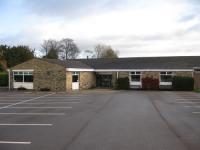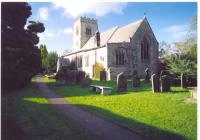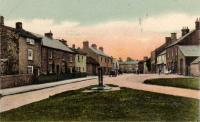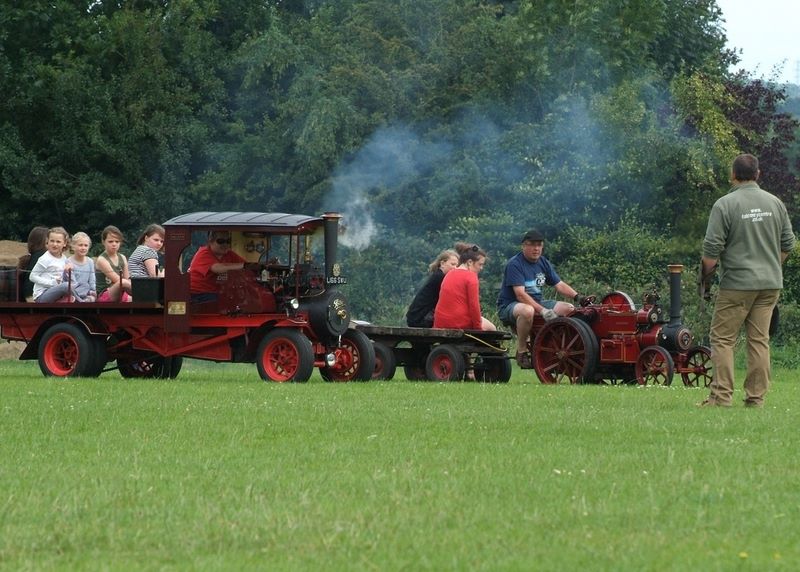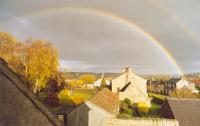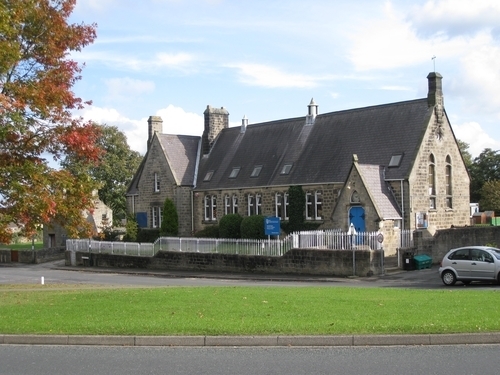Recent articles
© DT Online 2010 - 2025
| Ownership of properties on the East side of Church LaneDespite the existence of records at the West Riding Deeds Registry, it is difficult to trace the ownership of properties back beyond the 20th century. The use of plans was not common in earlier days and title deeds often describe properties by reference to their then occupants and the owners or occupants of adjacent plots. People living in the vicinity at the time such property was described in a deed may well have understood what was being described but later generations do not often have the necessary local knowledge to interpret the deeds. The records at the Registry reveal transactions in land in Hampsthwaite involving one James Atkinson in 1827-9 and by Henry, William and Joseph Atkinson (all three described as timber merchants) later in the century. James was the father of the other three. The land they dealt in is not presently identifiable but it is clear that by 1909 William’s daughter Hannah had become the owner of substantial property in Church Lane having purchased it from her uncle Henry’s executors. Henry had died in 1896 having left instructions in his will that his executors should offer to sell to Hannah his property in Hampsthwaite for the sum of £1,838.6.8d. [ Henry seems to have prospered mightily in his lifetime for his estate had a net value in excess of £27,000 – a sum perhaps equal to £4 million today!]. Hannah thus became the owner of the properties we now know as The End Cottage, Lamb Cottage, Lamb House, Corner Cottage, The Fold and Gooselea. The census of 1901 shows her occupying one of these properties – probably, The Fold. Hannah was twice married – first to Charles Jackson, then in 1905 to Robert Burton. The census records in 1851 reveal Henry Atkinson living at "Toll Bar Hamlet" with (amongst others) his daughter Hannah. Henry is described as a joiner but by the time of the next census in 1861 he is said to be an Innkeeper, carpenter and farmer occupying the "Star Inn" at Bilton with Harrogate and he has another daughter, Jane. Later census records show the two sisters living with their father as he changes residences to 7 Skipton Road (when he is said to be a farmer of 80 acres) and Hill Top (farm?) when he has the additional occupation of wagon builder. [One of the stained glass windows in the parish church was installed by Hannah and Jane Atkinson as a memorial to their parents after their deaths]. On the 24th August 1909 Hannah acquired by Conveyance from Jane Atkinson and Peter Wilkinson more than 27 acres of largely agricultural land on the east side of Church Lane. This was described as the one equal undivided third part or share of Henry Atkinson (her father?). It may be that Jane and Peter Wilkinson were giving effect to Henry's will. The property was described as consisting of the "dwellinghouse with the garden in front thereof together with farm buildings offices stables coach-house and other premises near thereto and four closes of grassland and a croft adjoining and containing 27 acres 2 roods or thereabouts in the respective occupations of Mr Addyman and Mrs Riegels-Cory Also all those 2 dwellinghouses and gardens containing ... 20 roods 20 perches and in the respective occupations of Mrs Gill and Mrs Brown And also ... the cottage and garden (31 perches) in occupation of Mr Haxby". The plan annexed to the Conveyance shows the extent of the land acquired and it clearly includes "The Granary", "Ashley House", what is now described as "Ashville", the large farm buildings now fronting the road and called "Village Farm", the long barns (now converted to four dwellings - South Royd, Byre Cottage, Coppings and Swallow Cottage) and "Saddler Haxby's cottage" next to the school. The plan also describes Mrs Burton as already owning the block of buildings extending north from the Granary i.e. those now known as "Gooselea", "The Fold", "Corner Cottage", "Cornerstone House", "Lamb Cottage" and "The End Cottage". Thus, we have in 1909 an almost complete record of ownership of all the properties on the east of Church Lane! In 1918 Mrs Burton conveyed "Ashville" to WILLIAM HAXBY described as a saddler. The plan attached to the conveyance describes the adjacent property "Ashley House" as occupied by Mr Wrigglesworth and on the 7th March 1924 that property is conveyed to JOHNSON WRIGGLESWORTH by the executors of Mrs Burtons' will. On the same day they convey to DEARLOVE ADDYMAN what appears to be the remainder of the land and buildings owned by Mrs Burton, namely, "4 cottages fronting ... the Town Street ... in the occupation of W. Busfield, E. Hawe, M.A.Wilks and S. Swale. Also the dwellinghouse known as The Temperance Hotel in the occupation of Mrs Thompson ... the dwelling and garage occupied by Preston Milne ... saddler's shop and garden occupied by William Haxby .. the farm and 27 acres occupied by .. Dearlove Addyman and a garth occupied by G. Briggs". Following the death of Dearlove Addyman his executors conveyed on the 23rd June 1944 to JOYCE MARY SMITH "the Temperance Hotel cottage outbuildings and premises and the gardens and land behind now in the occupation of Mr Longstaff and Mrs Scaife". They conveyed on the same day to CHARLES PHILIP FOTHERGILL the three cottages on the south of the Temperance Hotel viz. Corner Cottage, The Fold and Gooselea which they described as being in the occupation of "Nurse Wood, Miss Harrison and Mrs Gibson". On the 30th June 1950 Fothergill conveyed those cottages to ARTHUR HERBERT AULTON and VERA MAY AULTON and on that date also Smith conveyed to the Aultons the Temperance Hotel and its adjoining buildings. Thus, the whole row of properties extending northwards from The Granary were first divided between Smith and Fothergill and then re-united in the hands of the Aultons. The farm buildings and land ("Village Farm") have been in the occupation of the Addyman family since before 1924 and continue so to the present day. However, more pieces were sold off in the 1970s. In January 1974 the family sought planning consent for the creation of 5 new dwellings out of the disused farm buildings which extended down the east side of Church Lane and lay opposite to the grounds of the Vicarage (now called "The Old Parsonage"). The planning officer expressed his view that this was "a most important site" and that development should involve "conversion" of the existing buildings rather than entirely new builds and this suggestion was accepted by the applicants who amended their application accordingly. On the 7th March 1974 outline consent was granted subject to agreement on the number of dwellings to be created (the Parish Council had argued for 4 rather than 5 houses). The buildings later created were "South Royd", "Byre Cottage", "The Coppings", "Knottfield" and "Swallow Cottage". Subsequent conveyances are as follows:-
The recording of property transactions at the West Riding Deeds Registry ceased in 1972 but
Ownership of properties on the East side of Church Lane Despite the existence of records at the West Riding Deeds Registry, it is difficult to trace the ownership of properties back beyond the 20th century. The use of plans was not common in earlier days and title deeds often describe properties by reference to their then occupants and the owners or occupants of adjacent plots. People living in the vicinity at the time such property was described in a deed may well have understood what was being described but later generations do not often have the necessary local knowledge to interpret the deeds. |




